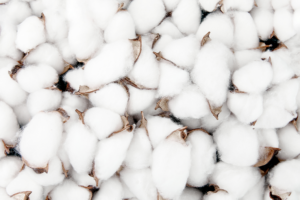
DNA traceability: Will this change the face of organic cotton
The idea of cotton or any other fiber is no more black and white and there are varieties to consider depending on the usage pattern.

The idea of cotton or any other fiber is no more black and white and there are varieties to consider depending on the usage pattern.
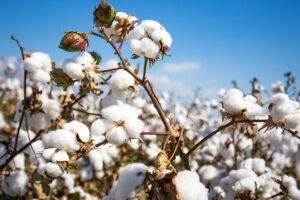
The cotton prices are presenting a very volatile picture. The volatility in cotton and cotton yarn prices, which were already causing a streak of concern

Textile and Apparel sector was among the worst Covid affected sectors in 2020. The trade between countries nosedived as the production of goods almost came to
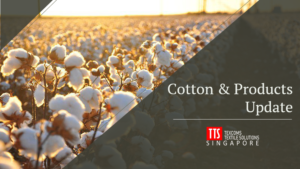
In the Covid-19 pandemic year, the cotton value-chain, like others, has faced unprecedented disruptions. The industry was expected to have a decrease in the production and consumption owing to the Covid restrictions. Yet the cotton textiles supply chain in India has shown resilience, as the cotton consumption in the country during 2021-2022 is expected to reach around 26 million bales which is at par with pre-Covid consumption levels.
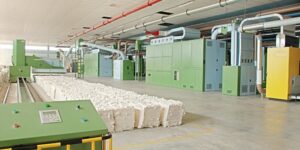
Textile industry carries out immense complex processes right from preparing yarn which is a raw material for fabric to a variety of processes to produce
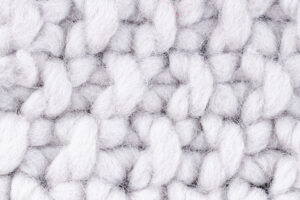
Fibres below 12.5 mm in length neither contributes to quality or strength of the yarn. The higher presence of Short fibres in roving becomes a nightmare for spinners particularly when we face problems for minimum number of fibres required in the cross section to spin a particular count.

We have been witnessing a steady increase in the Short fibres in the cotton being traded and supplied in the recent times. Is this the next big problem the cotton spinners will be facing after decades of issues related to contamination? At least we have partially solved the contamination issue with various initiatives both in farming, Ginning and spinning side.
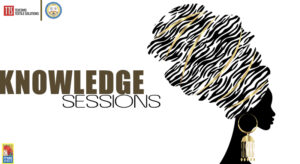
The sessions will have a presentation by industry experts followed by a panel discussions, throwing the subject open for candid inputs, comments and thought-provoking discussions.
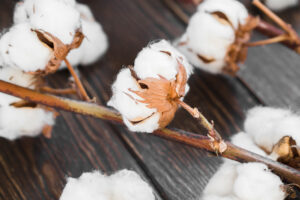
Factors such as increasing concern towards the adverse impact of synthetic fibers combined with the growing emphasis on reducing the usage of plastic-based materials are expected to fuel the growth of the Cotton Textile Industry.
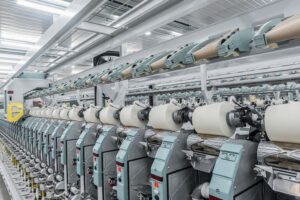
Most of the drawframe autolevellers are open loop auto levellers. In open loop autolevellers, sensing is done at the feeding end and the correction is done by changing either a break draft or main draft of the drafting system, says Temesgen Regassaa, Higher Textile Engineer, ETIDI.